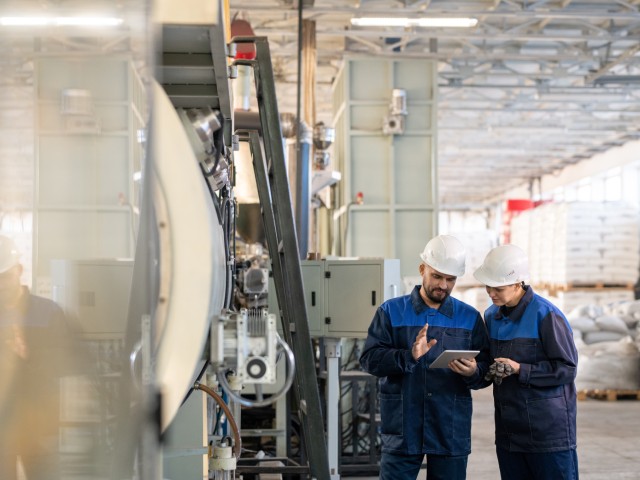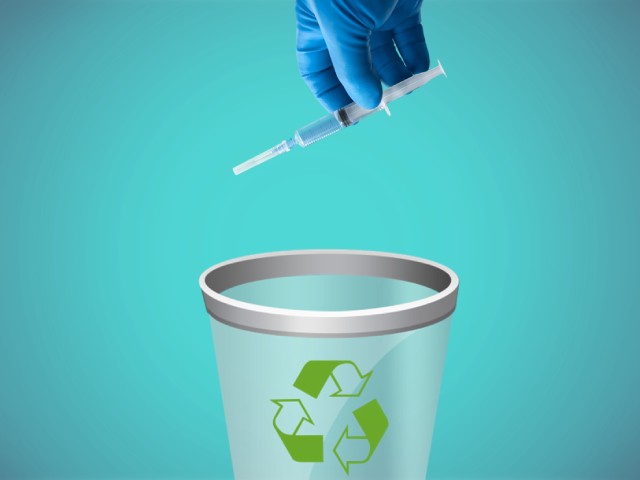Hong Kong
CNN
—
China has set an official economic growth target of “around 5%” for 2023, as it seeks to revive the world’s second largest economy after a year of tepid growth because of pandemic measures.
The new GDP target was released Sunday by outgoing Premier Li Keqiang during the opening of the annual gathering of the National People’s Congress (NPC), the country’s rubber-stamp legislature, as Li delivered the government work report to nearly 3,000 delegates at Beijing’s Great Hall of the People.
“China’s economy is staging a steady recovery and demonstrating vast potential and momentum for further growth,” Li said in his address, which emphasized China’s focus on ensuring stable growth, employment and prices amid global inflation.
The economy added more than 12 million urban jobs last year, with the urban unemployment rate falling to 5.5%, according to the work report.
China also unveiled its annual military budget for 2023, which will increase 7.2% to roughly 1.55 trillion yuan ($224 billion), according to a draft budget report released alongside the NPC opening.
The spending increase marks the second year in a row that the annual hike in military spending has exceeded 7% and tops last year’s 7.1% growth, amid rising geopolitical tensions and a regional arms race. As with other recent years, the figure stays well below the symbolically significant double-digit expansion.
“The armed forces should intensify military training and preparedness across the board, develop new military strategic guidance, devote greater energy to training under combat conditions and make well-coordinated efforts to strengthen military work in all directions and domains,” Li’s work report said.
The GDP target and military spending are among the most closely watched in the opening day proceedings, with the GDP target figure in particular being monitored this year as China emerges from its economically draining zero-Covid policy. The new figure appears modest against what some analysts had predicted could be a more robust aim for the year ahead.
The NPC meeting is a key yearly political event that occurs alongside a gathering of China’s top political advisory body, with the events together known as the Two Sessions.
This is the first Two Sessions since Chinese leader Xi Jinping secured a norm-breaking third term atop the Chinese Communist Party hierarchy in October. Xi is set to enter his third term as President, a largely ceremonial title, during the congress.
China’s GDP expanded by just 3% in 2022, widely missing the official target of “around 5.5%” mainly due to prolonged Covid restrictions. It was the second lowest annual growth rate since 1976, behind only 2020 – when the initial Covid outbreaks nearly paralyzed the economy.
In December, after the Communist Party abruptly ended its zero-Covid policy, a massive wave of infections swept across the country, throwing supply chains and factories into chaos. But the disruptions started to fade away in January, and the economic recovery picked up pace last month.
Official data released Wednesday showed China’s factories had their best month in nearly 11 years in February, underscoring how quickly economic activity has bounced back following the end of the Covid exit wave. The services and construction industries also had their best performance in two years.
Moody’s Investors Service has since raised its China growth forecast to 5% for both 2023 and 2024, up from 4% previously, citing a stronger than expected rebound in the short term.
Analysts had predicted a difficult track to recovery for China amid global headwinds, which may have also been reflected in the conservative 2023 target announced Sunday.
The global economy will weaken further this year as rising interest rates and Russia’s war in Ukraine continue to weigh on activity, the International Monetary Fund estimated in January. Global growth will likely slow from 3.4% in 2022 to 2.9% in 2023.
China is set to release its import and export data for the first two months of this year on Tuesday, which will provide a glimpse into demand for global trade.
During the congress, the ruling Communist Party’s new economic team, including various ministers and financial chiefs, will be unveiled with other key appointments – already selected by the Communist Party leadership – also approved. Premier Li’s replacement will be formally appointed during the meeting, which runs until March 13.
The new economic team will face the tough task of reviving the Chinese economy as it navigates a growing array of challenges, including sluggish consumption, rising unemployment, a historic downturn in real estate, and increasing tension with the United States over technology sanctions.
The 7.2% increase in the planned defense spending marks the first time in the past decade that the budget growth rate has increased for three consecutive years, as Beijing continues to modernize and build-up its military, while asserting pressure on Taiwan – the self-governing island democracy the Chinese Communist Party claims as its own despite never having ruled.
China now controls the world’s largest navy by size and continues to advance its fleet of nuclear submarines and stealth fighter jets.
The military budget expanded 7.1% to 1.45 trillion yuan in 2022, compared with 6.8% the previous year. The last year China’s annual defense spending had a double-digit percent increase was 2015.
Chinese officials have repeatedly sought to portray their military spending as reasonable relative to other countries like the United States – part of China’s bid to present itself as a peaceful power, despite its aggression in the region including its militarization of the South China Sea and heavy patrolling around Taiwan.
During a press conference Saturday ahead of the opening day, NPC spokesperson Wang Chao said China’s defense budget maintained a “relatively moderate and reasonable growth rate.”
“China’s defense expenditure as a percentage of GDP has remained stable over the years. It remains basically stable, lower than the world average,” Wang said.







